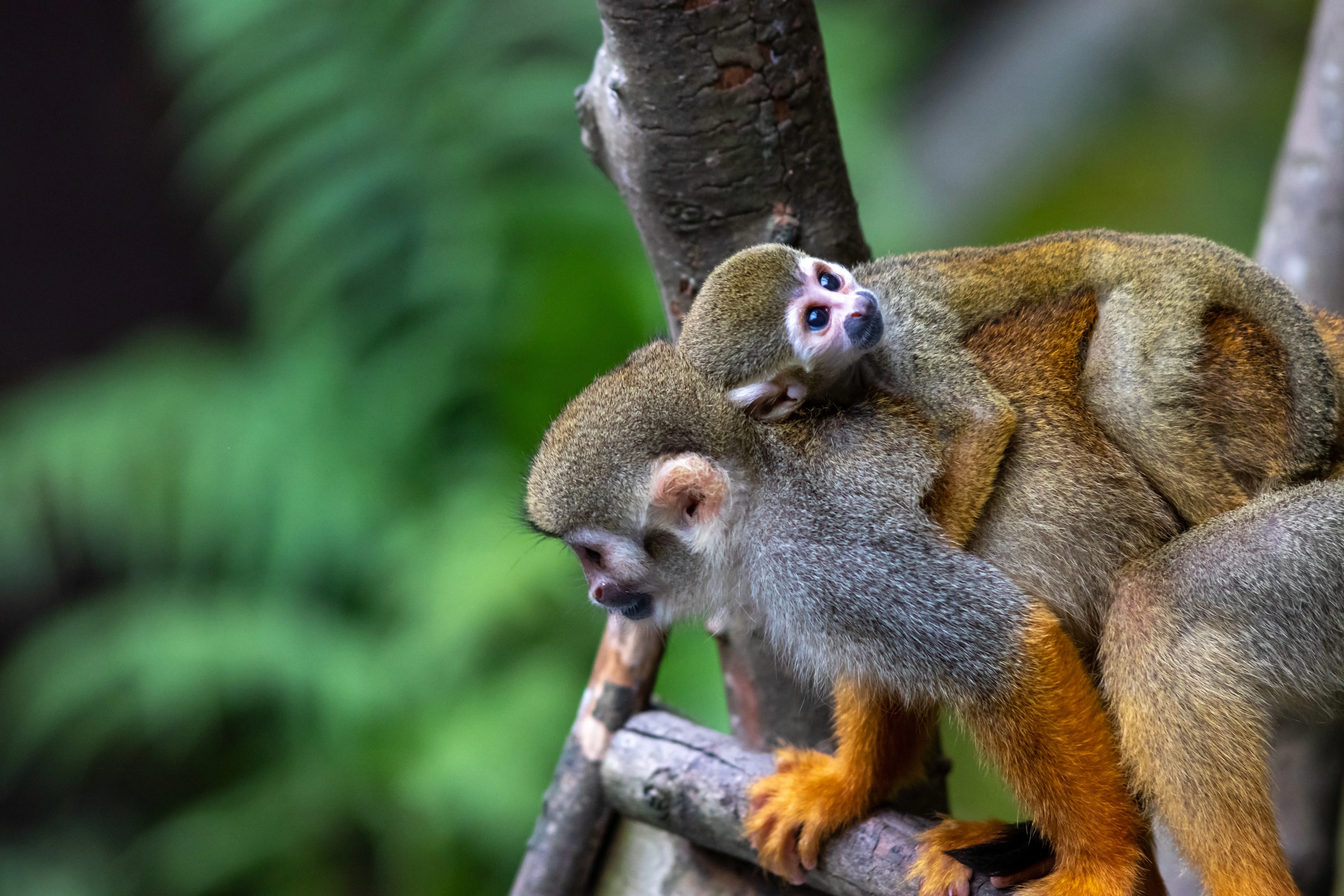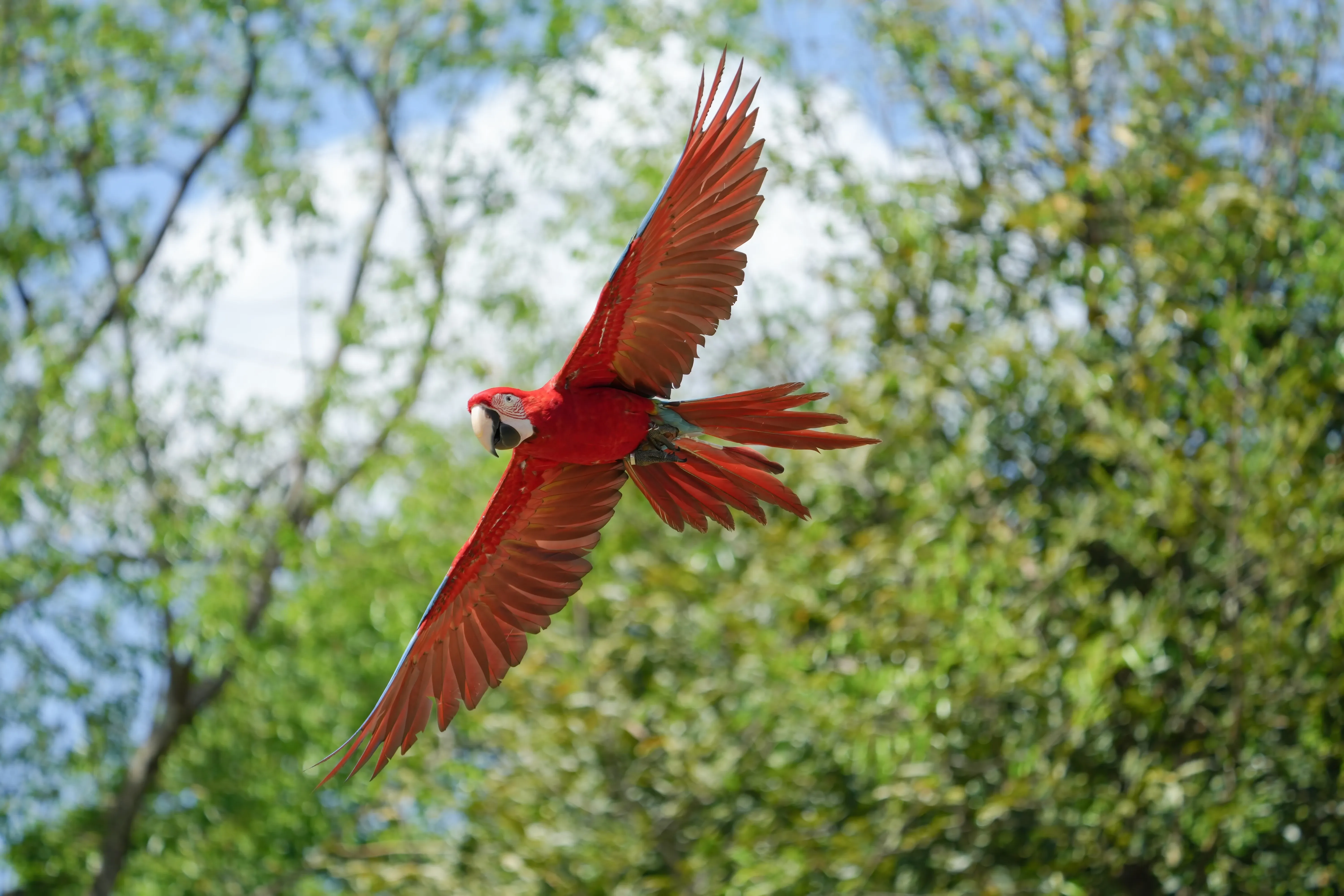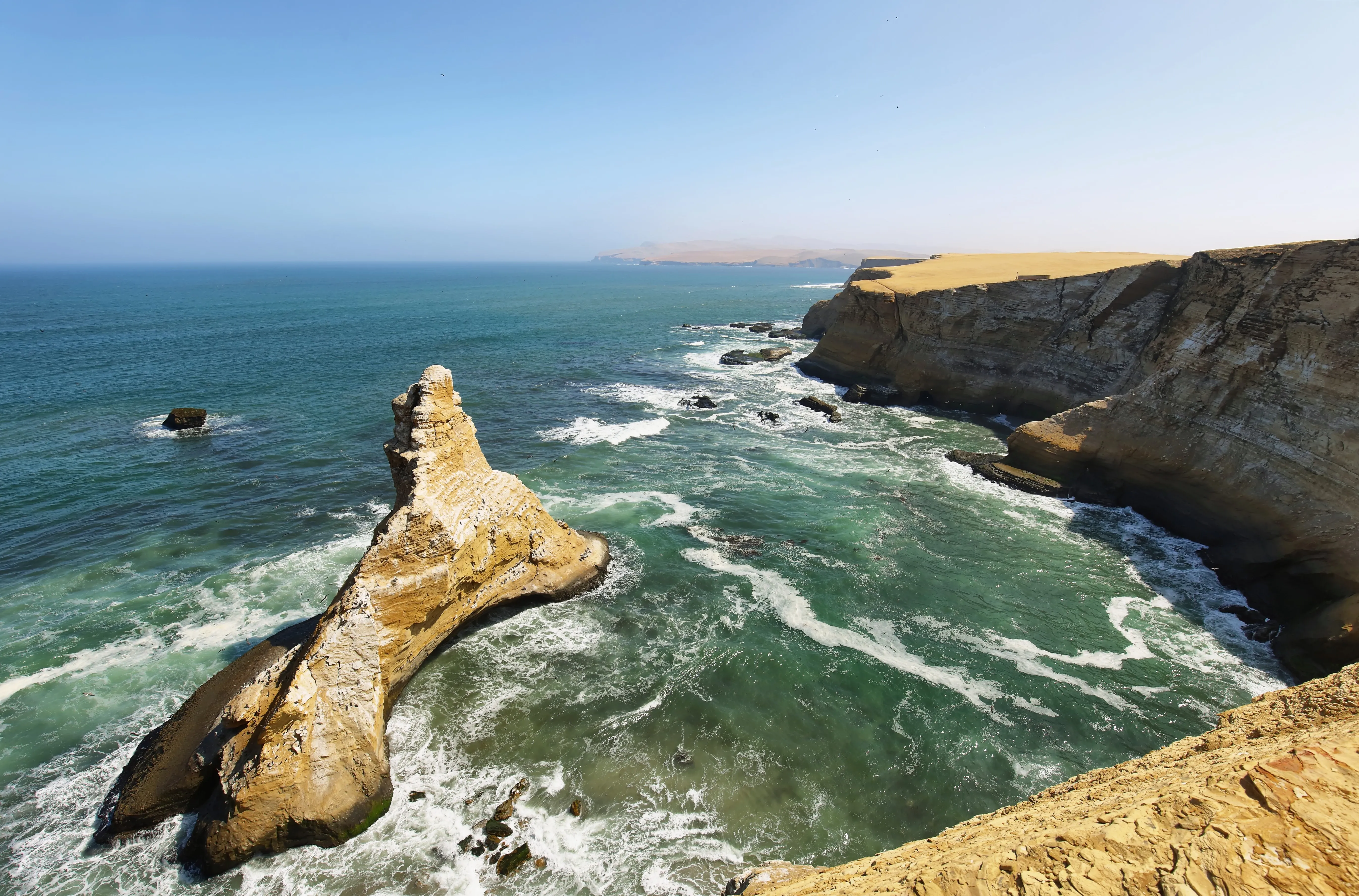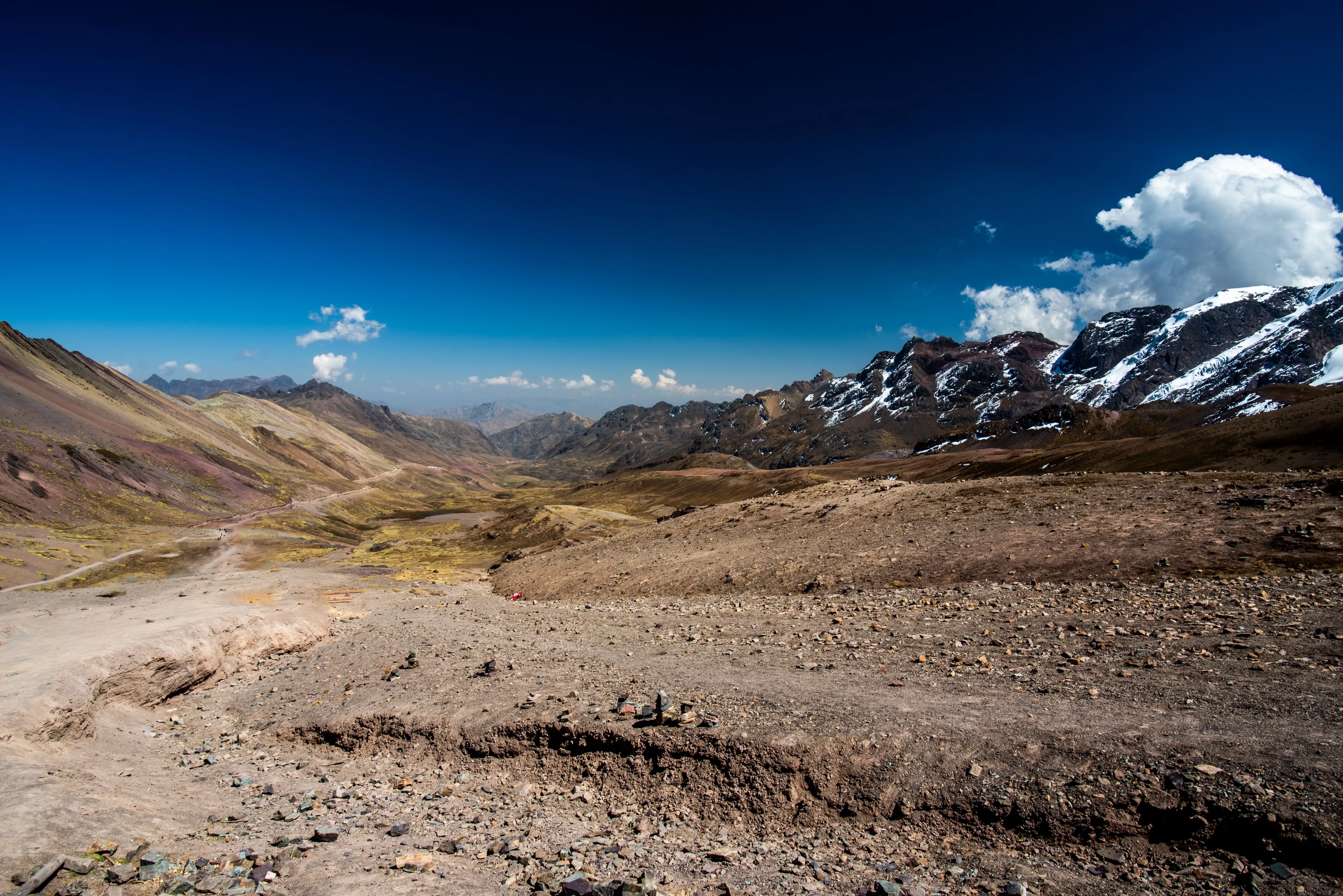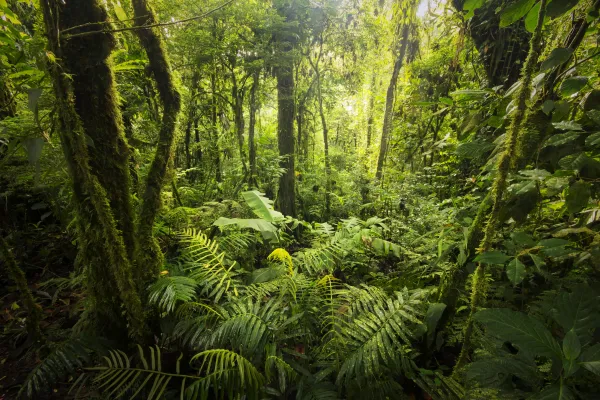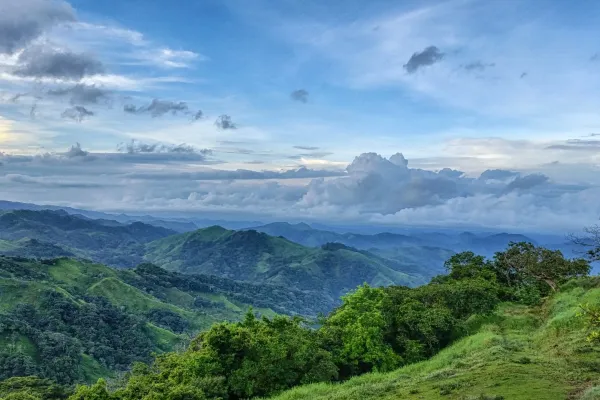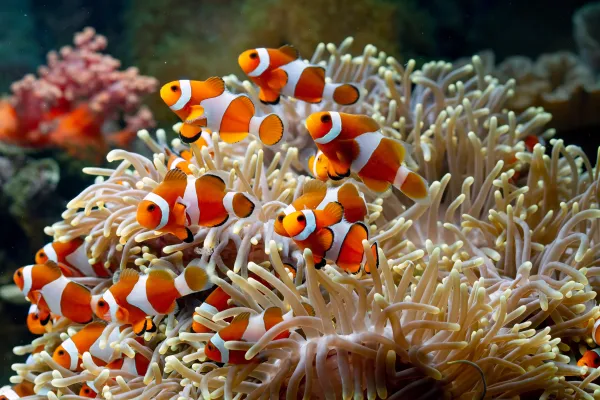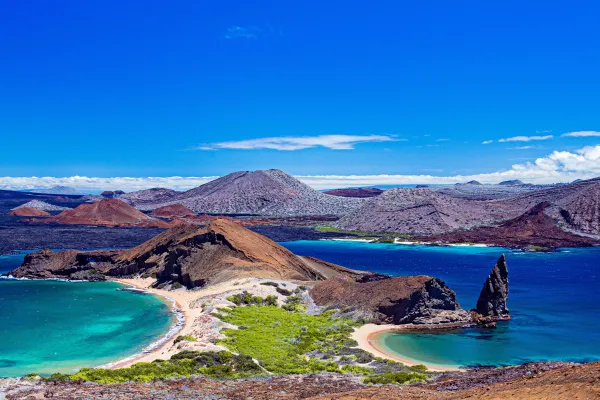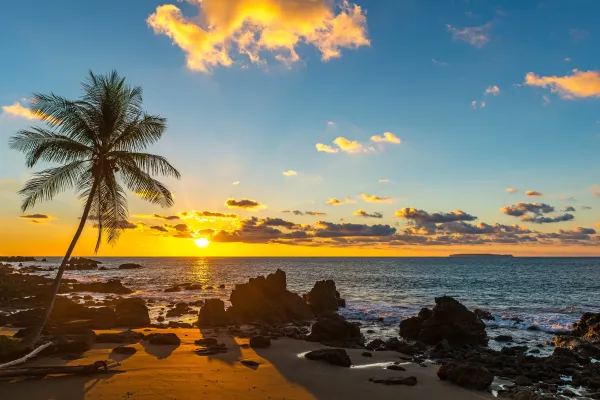Science in the jungle: Discover Peru’s ecological wonders
In the heart of South America lies the luscious green land of Peru, one of the most biodiverse and ecologically rich countries on the planet. Carpeted by thick Amazonian rainforest, where rivers weave and trace their way to the shimmering Pacific coastline, Peru is a naturalist’s dream.
From the dominating peaks of the Andean mountains, to the shifting sands of the western deserts, the country is a mosaic of starkly contrasting ecosystems, home to some of the most spectacular wildlife on the planet.
There is no better way to experience it than through an active experience at an ecological research centre, where the raw wilderness and life of the country is observed and recorded.
Peru’s tropical rainforest
Peru is a South American country known for its strikingly diverse landscapes, intense natural beauty, rich culture and colourful cuisine. As a rainforest nation, much of the country’s land area is covered by the dense and sprawling forest of the Amazon, which is home to hundreds of thousands of different species - and new ones are being discovered all the time.
The Amazon rainforest is classified as a tropical rainforest biome, characterized by intense daily downpours, humid and warm conditions, and a specific selection of tropical plants, including over 16,000 different tree species.
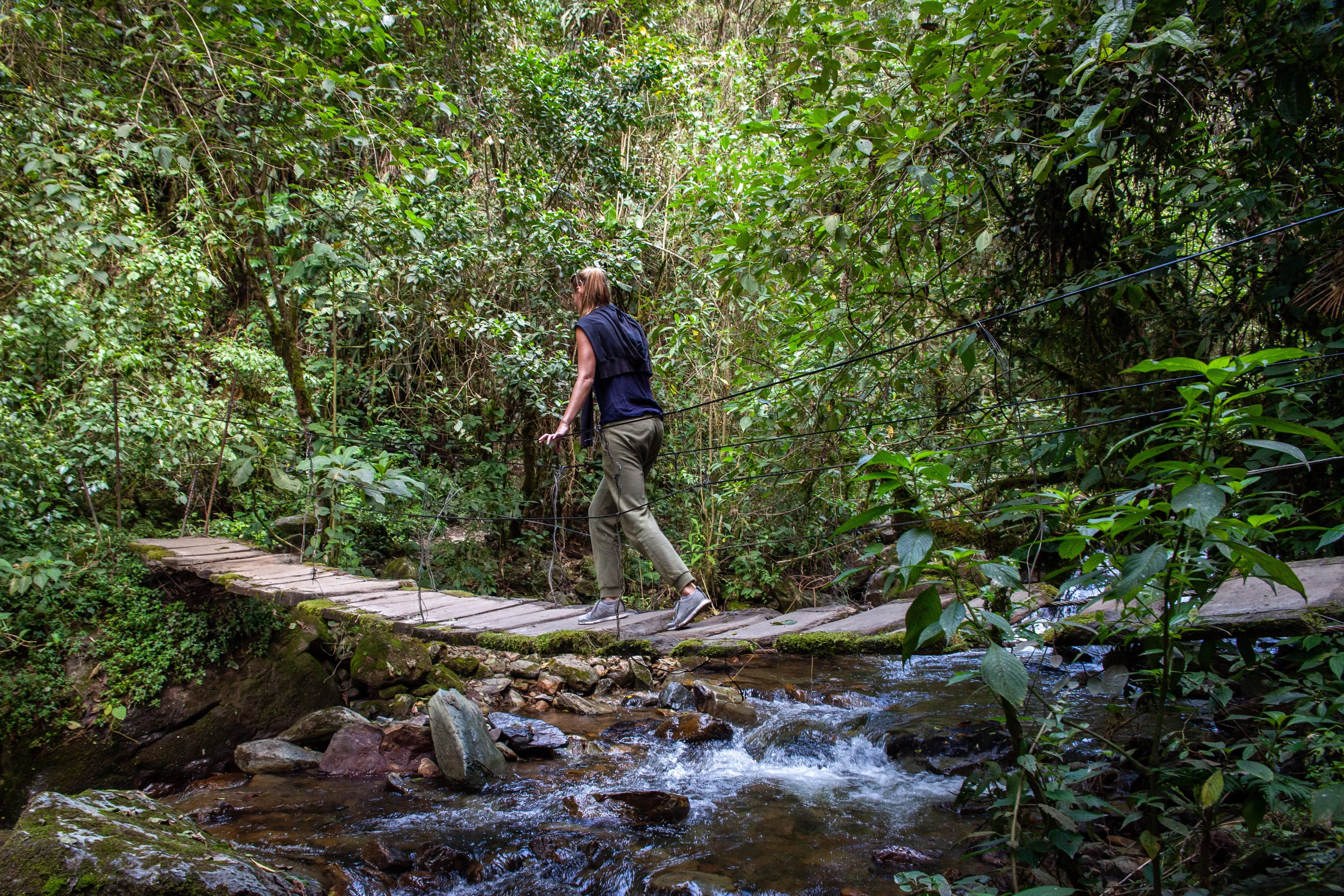
In the depths of the rainforest, there is little sunlight, thickly tangled vegetation, and heavy steam which shrouds the tree trunks as it ascends into the canopy above. Here, the greens and browns are embellished with colourful orchids, and an impressive variety of fungi, mosses and vines cling to every surface.
Treefrogs lurk in the damp crevices of tree bark, whilst spider monkeys leap through the treetops and jewel-front hummingbirds flit between blossoms, in search of nectar. Occasionally, the golden flash of a jaguar can be glimpsed through the vegetation, fleeting and graceful but powerful; a warning.
Despite the vast number of species already documented, new species are being found throughout Peru’s rainforest all the time. The Tambopata Research Station in the Madre de Dios region is located in a national reserve, and is responsible for monitoring and promoting conservation initiatives, researching native species, and preserving the natural ecosystems within the Peruvian Amazon.
Stations like this play a crucial role in our knowledge and understanding of wild places, enabling us to better protect and preserve them. Visitors can engage in the centre’s educational programs which aim to enhance awareness of Peru’s native rainforest species, threats, and how these can be mitigated.
The Andean mountains
The Andes are a towering, rugged and deathly steep mountain range running the length of the country, influencing everything from weather systems to cultural traditions. Because they are so large, the Andes host multiple different ecosystems from the forested foothills to the icy peaks, encompassing a range of climates, weather patterns, and habitats.
The majority of the Andean mountain biome is a cold, dry, high-altitude grassland known as puna. This landscape is defined by short, stout vegetation such as grasses and low shrubs, lacking trees or any significant greenery.
Against the backdrop of the frigid bluish peaks, the lower regions of the mountains are a sandy brown colour, home to low-lying cushion plants, ground-dwelling birds and giant bromeliad flowers. Herds of vicuna, a smaller and more delicate relative of the llama, speckle the plains and plateaus, keeping a cautious eye out for the outline of a puma slinking in the shadows.
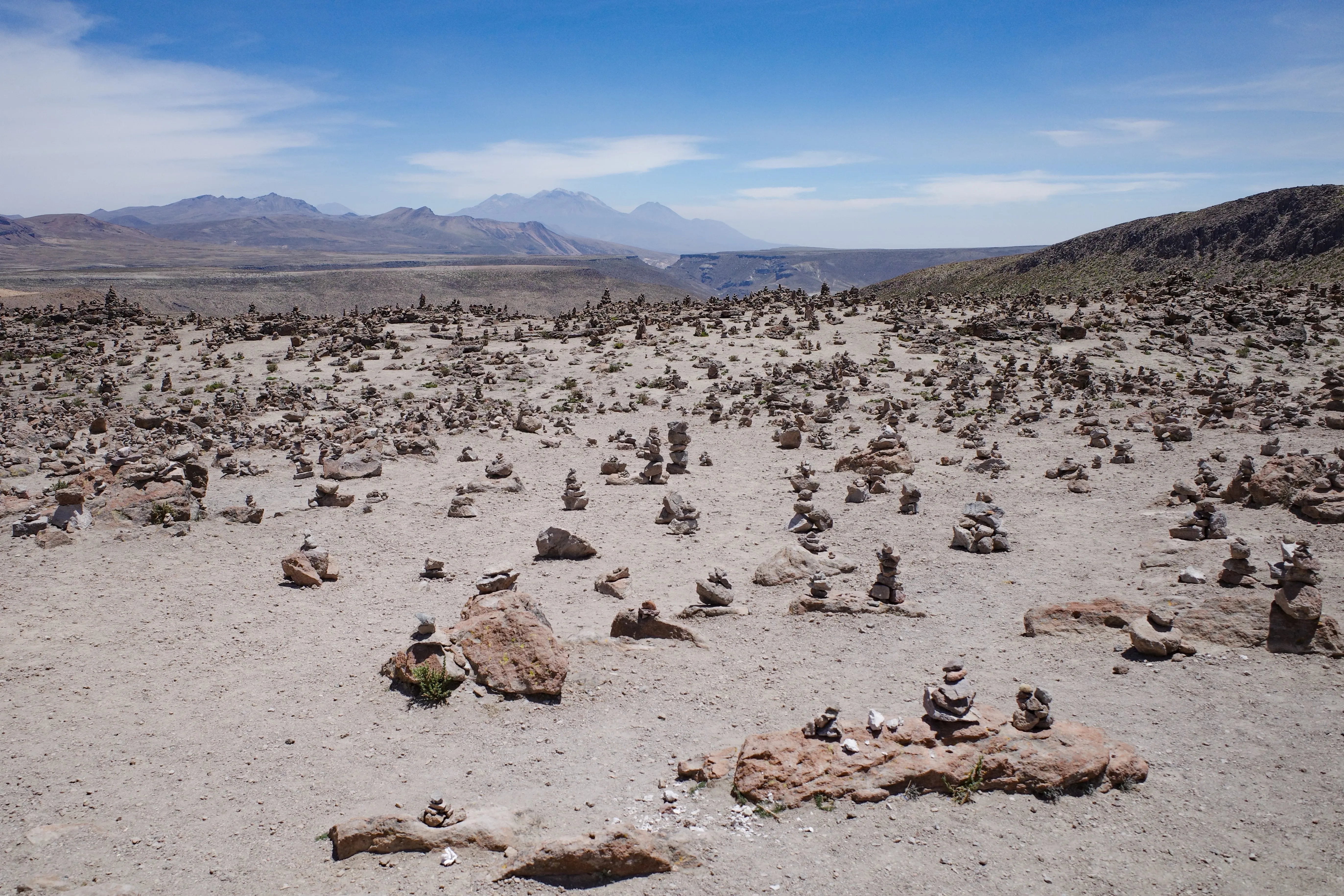
The nights bring cloudless, starry skies, plummeting temperatures and the cries of Andean wolves in the distance - a truly magical place, the species found within the Andes mountains are special.
Ancient civilizations such as the Incas made use of the steep slopes, carving agricultural terraces into the sides of dramatic valleys, still present today. However they now coexist with modern research stations, which focus on studying the elevation changes, weather patterns and impact of climate change on the ecosystems in the Andes mountain range.
This knowledge is crucial in managing these ecosystems in a sustainable and responsible way, to prevent adverse impacts or loss of threatened species.
Coastal desert of Peru
On the western edge of Peru, transcending into the turquoise waters of the Pacific, lie the vast, sandy plains of the coastal deserts. Brought about by the combination of the cold Humboldt current and the large mountain ranges towering above the coastline, the coastal deserts are arid, barren landscapes - but are still highly ecologically diverse, despite the challenging conditions.
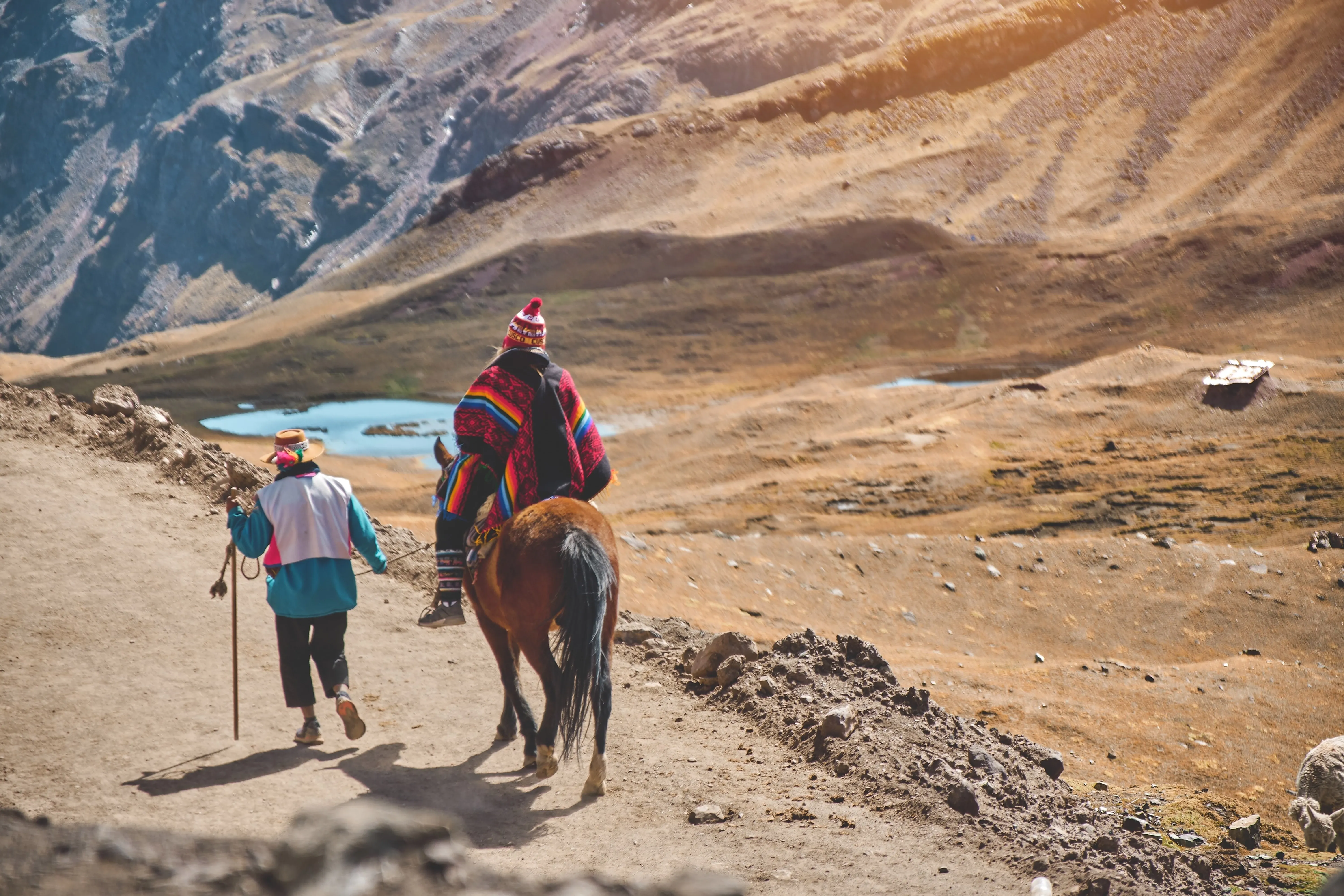
To the north is the Sechura desert, where beige meets blue in an extensive sweep of dunes. Pacific gulls and Peruvian terns circle and swoop over the shifting sands, where snake-eagles and gray foxes follow the trails of rodent prey.
Experiencing extremely high temperatures in the day and contrasting sub-zero temperatures by night, the coastal deserts are an extreme environment, meaning the species inhabiting them are highly adapted and particularly interesting.
Many of Peru’s scientific institutions conduct research in the coastal desert regions, assessing changes in weather patterns, species distributions and new species identification, which contributes important data to long-term datasets, allowing trends and patterns to be recognized.
Experiencing Peru through a research program
For the nature-driven traveler, staying with a research team at an ecological station is the ideal way to explore a country’s culture, wilderness and biodiversity in a safe and beneficial way. Through joining a team, you can learn straight from the experts about the local ecosystems, experience them for yourself, and rest easy knowing you are supporting the advancement of scientific research which will undoubtedly contribute to the protection of the species and places you have encountered.
Enhancing your fieldwork abilities, growing your connections with like minded people, and being exposed to the raw, complicated and often strenuous challenge of active conservation is one of the most effective ways to learn. Often, the greatest memories are made when you push yourself outside of your comfort zone and do something different.
Working in a team, experiencing a new environment and appreciating the beauty and value of nature will leave you with precious memories, exciting stories and life-long friendships, all whilst contributing to expanding the margins of science and conservation.
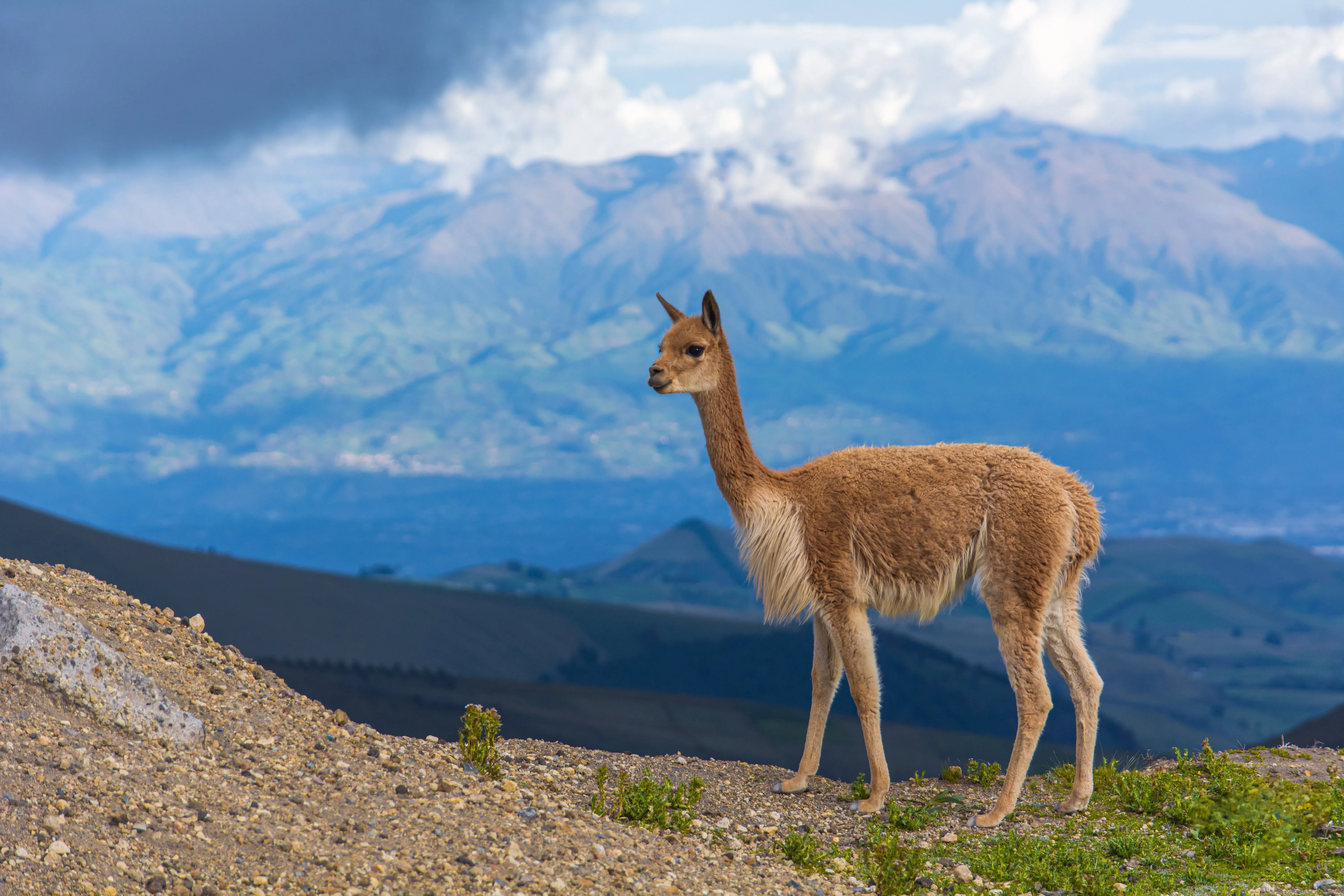
Many research stations across the globe offer educational programs and field experiences to help educate participant’s awareness of ecological conservation and data collection. These often include on-site accommodation, meals, scientific kit, and guidance from local scientists, and generally vary in length from 2 to 12 weeks. If you are interested in taking part in a field course to immerse yourself in the vibrant ecosystems of wild Peru or simply gain experience in conservation tasks, volunteering in South America could be a perfect fit for you.
Explore the incredible diversity of Peruvian flora and fauna, with foundations in wildlife genetics technology and conservation research, whilst living in the wilderness of the jungle and connecting with nature. This is an excellent chance to build your research abilities, upgrade your skillset, and earn university credits in the magical setting of the Amazon rainforest - truly a once-in-a-life-time opportunity.
Sign up for the newsletter
By clicking on “Subscribe now” I will subscribe to the Conscious Explorer newsletter with all the information about mindful travel. Information on the success measurement included in the consent, the use of the shipping service provider MailChimp, logging of the registration and your rights of revocation can be found in our privacy policy.


